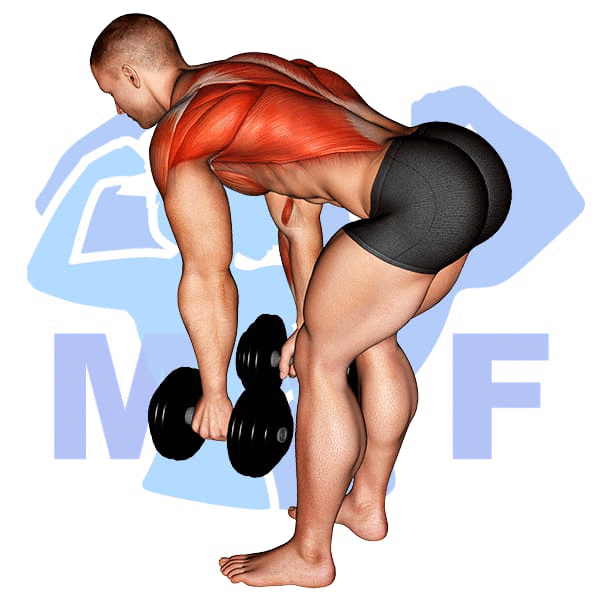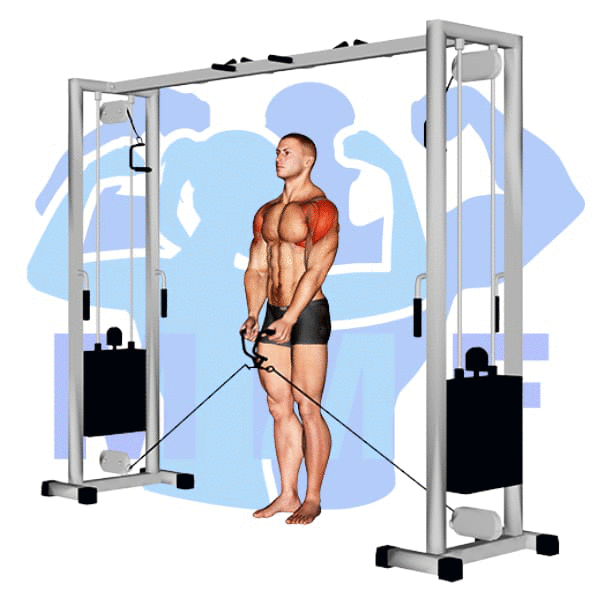Are you struggling to find an effective exercise to target your chest muscles? Does the traditional bench press just not work for you? Well, you’re not alone. Many fitness enthusiasts have found that the bench press just doesn’t cut it for building chest definition. Luckily, there is a solution: lying cable flys. This exercise is becoming increasingly popular for those looking to target their chest muscles and achieve greater definition. In this post, we will explore the benefits of lying cable flys and show you how to properly perform the exercise to achieve the results you’re after.
Lying Cable Flys Summary
- Primary Muscles: Pectoralis Major – Sternal
- Secondary Muscles: Biceps Brachii – Short Head, Deltoid – Anterior, and Pectoralis Major – Clavicular
- Equipment: Cable Machine with Two Single D-Handles and Flat Bench
- Mechanics Type: Isolated
- Force: Push
- Utility: Auxiliary

Lying Cable Flys Instructions
- Start with setting up two opposing low pulley grips.
- Next, lie on the bench perpendicular to the pulleys and between the grips.
- With your elbows barely bent and your elbows back.
- Pull the cable grips together while maintaining your elbow fixed.
- Return to your starting position by allowing the cables to stretch your chest back out.
- Repeat these flies for a full set.
Video Tutorial
Lying Cable Flys Muscles
Target (Agonist)
- Pectoralis Major – Sternal
Synergists
- Biceps Brachii – Short Head
- Deltoid – Anterior
- Pectoralis Major – Clavicular
Dynamic Stabilizers
- None
Stabilizers
Antagonist Stabilizers
- None

Benefits of Lying Cable Flys
The exercise Lying Cable Flys is an excellent exercise to target the Pectoralis Major – Sternal muscle. This exercise focuses on stretching the chest muscles, which helps build strength and definition. Furthermore, Lying Cable Flys will also help improve the stability of the shoulder joint and increase flexibility in the chest muscles. In addition to strengthening the Pectoralis Major – Sternal, this exercise also helps promote better posture and helps prevent injury. Overall, Lying Cable Flys can be a great addition to any strength training or fitness routine as it helps build strength and stability in the chest muscles.
Tips for Performing Lying Cable Flys
You’ve come at the right location if you desire to advance your ability to conduct lying cable flys. Using these suggestions can allow you to take full advantage of this amazing exercise. Concurrently with building your chest muscles, increasing movability, and also a lower chance of injury can all be achieved with this exercise. Let’s begin and explore how these suggestions will benefit you.
- Make sure to use proper form: When doing the exercise, keep your back flat against the floor and press your shoulder blades together as you lift the weights. This will help ensure that you get the most out of your workout and help prevent any injuries.
- Use a moderate weight: Start with a weight that is comfortable for you to lift without straining or losing form. This will help you focus on proper form and help you get the most out of the exercise.
- Control your movements: As you bring the weights down and up, concentrate on controlling the movement so that you can engage all of the muscles in your chest and shoulders. This will maximize the effectiveness of the exercise and help you get fit faster.
Benefits and Tips Video
Frequent Mistakes To Avoid
When executing lying cable flys, avoiding common mistakes is usually the difference between a productive workout and a painful injury. Additionally, getting optimal results from this exercise requires proper form, and avoiding perform common mistakes can help you to perform the exercise better and achieve your desired results. Not only can avoiding these errors make you stronger, but it can also help you feel more assured and motivated when you hit the gym. Let’s start by staying away from these typical mistakes and add this exercise to your training regimen.
- Not using proper form: Incorrectly performing the exercise can lead to serious injury, so it is important to make sure that the individual is using the correct form when doing the exercise.
- Not using enough weight: Lying Cable Flys require a certain amount of weight in order to be effective, so it is important to ensure that the individual is using enough weight for the exercise to be beneficial.
- Not taking breaks: It is important for individuals to take regular breaks during the exercise in order to avoid straining their muscles and ensure that they can perform the exercise safely and effectively.
Find More Cable Exercises Here
Variations and Complementary Exercises
Before diving into the variations, complementary, or alternative exercises for the exercise Lying Cable Flys, it is important to understand the muscles that this exercise targets. This exercise works the anterior deltoids (front shoulder muscles) and the pectoralis major (chest muscles). It also helps to engage the core and stabilizing muscles in order to maintain proper form.
Stability Ball Cable Flys

Stability Ball Cable Flys are a great alternative to the traditional Lying Cable Flys. This exercise targets the chest muscles, allowing you to get a good chest workout while also engaging other muscles in the body. It requires you to maintain balance on the stability ball, which also helps to strengthen your core and improve stability. By having your feet elevated on the stability ball, you are able to add an extra challenge to the exercise by having to stabilize your body in addition to performing the exercise. This makes Stability Ball Cable Flys an effective and challenging alternative to Lying Cable Flys.
Stability Ball Dumbbell Fly
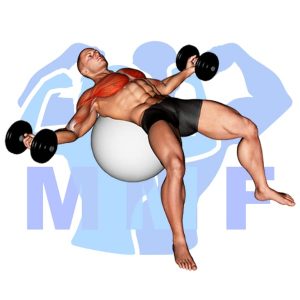
Stability Ball Dumbbell Fly is a great complementary or alternative exercise to Lying Cable Flys. This exercise works the same muscles as Lying Cable Flys, but it also helps to engage the core and improve stability while working the chest, shoulders, and triceps. The stability ball adds an element of challenge to the exercise and increases the amount of coordination needed to perform the exercise correctly. This exercise can be used to increase intensity and help build strength and muscle mass.
Stability Ball Incline Dumbbell Fly

Stability Ball Incline Dumbbell Flys is an excellent alternative or complementary exercise to the traditional Lying Cable Flys. It is a great way to build strength and stability in the chest, shoulders, and triceps while also providing a core workout. The incline of the stability ball adds an extra challenge to the exercise as it requires you to keep your balance while performing the movements. This exercise can be done with light to moderate weights and is suitable for both beginners and experienced lifters. It is a great way to add variety to your workouts, as well as to increase the intensity of your training.
Check Out These Top Cable Exercises
Cable Crossover Flys
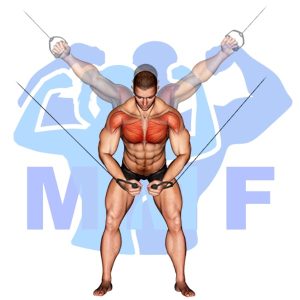
Cable Crossover Flys are an excellent alternative or complementary exercise to Lying Cable Flys. This exercise targets the chest, shoulders and arms, and is a great way to strengthen and tone these muscles. To perform Cable Crossover Flys, you stand in front of two cable towers, with a handle attached to each tower. You then spread your arms out to the side and raise your arms up in a crossing motion, bringing them together in front of you. This exercise requires you to keep your arms and shoulders engaged throughout the entire motion, which helps to build strength and endurance in those areas. By using cables rather than free weights, you can control the resistance of the exercise, allowing you to tailor it to your individual fitness level.
Cable Decline Fly
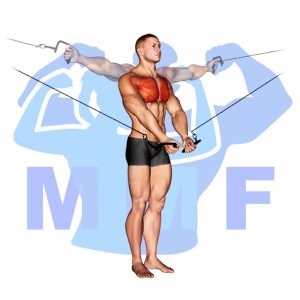
The Cable Decline Fly is a great alternative or complementary exercise to the lying cable fly. It is an isolation exercise that targets the chest muscles and can be used to develop power and strength. The cable decline fly requires the user to lower their body down to the floor before pushing out with the weight and then return to the starting position. This exercise is beneficial in that it strengthens the muscles of the chest, shoulders, and triceps without putting too much stress on the body. It also increases range of motion while providing a more challenging workout than traditional lying cable flys.
Cable Flys

Cable Flys are a great complementary or alternative exercise for the lying cable flys. With cable flys, you can get the same range of motion as a lying cable fly, but with the added benefit of using a cable machine, which is great for targeting your chest muscles more effectively. Cable flys also require you to balance your body and focus on stabilizing the weight, which helps to work your core muscles as well. This makes cable flys an excellent full-body exercise that can help to build strength and tone your chest, shoulders, arms, and core.
Find More Chest Exercises Here
Opposing Complementary Exercises
In order to maximize the results of your Lying Cable Flys and work the opposing muscles, you should include the following exercises in your workout routine:
Cable Rope Rear Delt Rows

Cable Rope Rear Delt Rows are an excellent complementary exercise to Lying Cable Flys. This exercise targets the rear deltoids, which are the opposite muscle group of the front deltoids worked during Lying Cable Flys. The Cable Rope Rear Delt Row involves pulling a cable rope from a high angle behind the head, creating tension in the rear deltoids and upper back. By doing this exercise after Lying Cable Flys, you will ensure that the opposing muscle groups are equally worked, helping to maintain balance and avoiding any postural imbalances.
Dumbbell One Arm Row
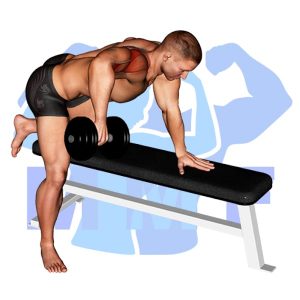
The Dumbbell One Arm Row is an excellent exercise to complement the Lying Cable Flys. This exercise works the opposing muscle group, the back muscles, in particular the lats, rhomboids, and traps. It helps to strengthen the back muscles and provide stability for the chest muscles worked in the cable flys. The one arm row also helps to create balance between both sides of the body, ensuring proper form and technique. Additionally, it increases muscular endurance and can help improve posture. When combined with the lying cable flys, you can create a complete and balanced workout for the upper body.
Dumbbell Rear Lateral Raise

The Dumbbell Rear Lateral Raise is a great exercise to pair with Lying Cable Flys, as it works the opposing muscle group. This exercise targets the rear deltoid muscles, as well as the middle and lower trapezius muscles. The rear lateral raise is performed by standing with feet hip-width apart and holding a dumbbell in each hand with palms facing inward. Keeping the elbows slightly bent, raise the dumbbells out to the sides until they reach shoulder height. This exercise compliments the lying cable flys by targeting the muscles that are not being used during the lying cable flys exercise. This pairing of exercises will help to ensure a balanced and effective workout.
Unlock Your Chest Potential with Lying Cable Flys
Unlock your chest potential with lying cable flys. This exercise targets the upper and inner chest muscles while also engaging the shoulders and triceps. By lying flat on a bench and pulling the cables in towards your chest, you can achieve a deep stretch in your chest while also building strength and muscle definition. Incorporating lying cable flys into your chest workout routine can help you achieve a well-rounded chest that is both strong and aesthetically pleasing. Remember to start with light weights and focus on proper form to avoid injury and maximize results.
References: Wikipedia | ExRx.net | PubMed.gov | Comprehensive List of Chest Cable Exercises

